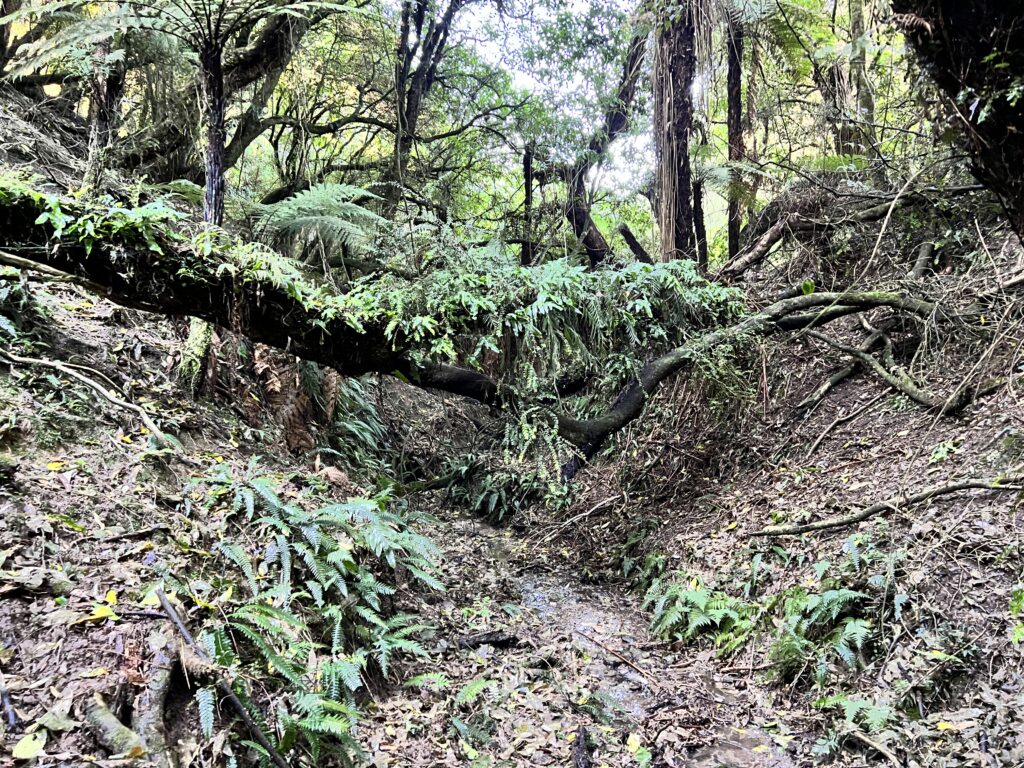Creating a Kauri Forest
The first phase of creating the Kauri forest included planting 17,000 indigenous tree seedlings over 15 months (August 2023 to October 2024), covering the existing 19 hectares (48 acres) of pasture. Trees planted during the first phase will act as nurse trees, providing protection for the Kauri.
The first batch of 7,325 nurse trees was planted in the southern Area 1 in August 2023. Areas 2 was planted with 6,228 trees in June 2024. And 3,490 trees in Area 3 completed the first phase of the planting program.
18,000 kauri seedlings will likely be mature enough for planting in 2026.
Both the nurse trees and Kauri trees are being propagated by Ribbonwood Nurseries in Dunedin, Otago.
Preparation for, and planting of both the nurse trees and the Kauri trees is undertaken by Habitat Restorations Aotearoa.
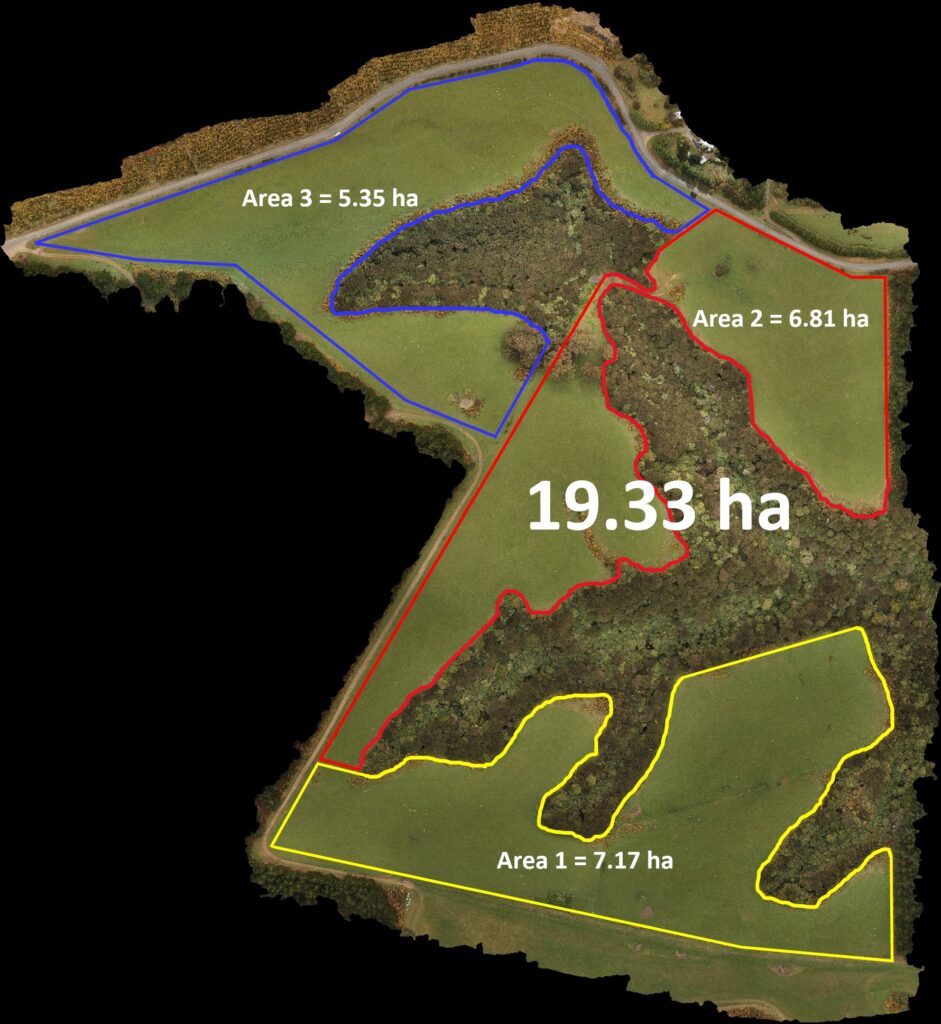
Nurse Trees
Nurse trees will provide protection from the weather for the young Kauri trees when they are planted. They also encourage the Kauri to grow up, rather than spread out.
The nurse trees were propagated by Ribbonwood Nurseries, a specialist indigenous nursery located in close-by Dunedin.

The first batch of 7,325 nurse trees was planted in August 2023 by Habitat Restorations Aotearoa, following preparation of the existing pasture.
Variation in the types of nurse trees are important to create a robust and attractive forest. Twenty one different varieties of plants were used, all of which grow in the existing forest, with the exception of Kowhai.
Kowhai was common around coastal Otago before it was felled for timber. Replacing the missing Kowhai will add to the diversity and be more attractive to indigenous birds and honey bees.
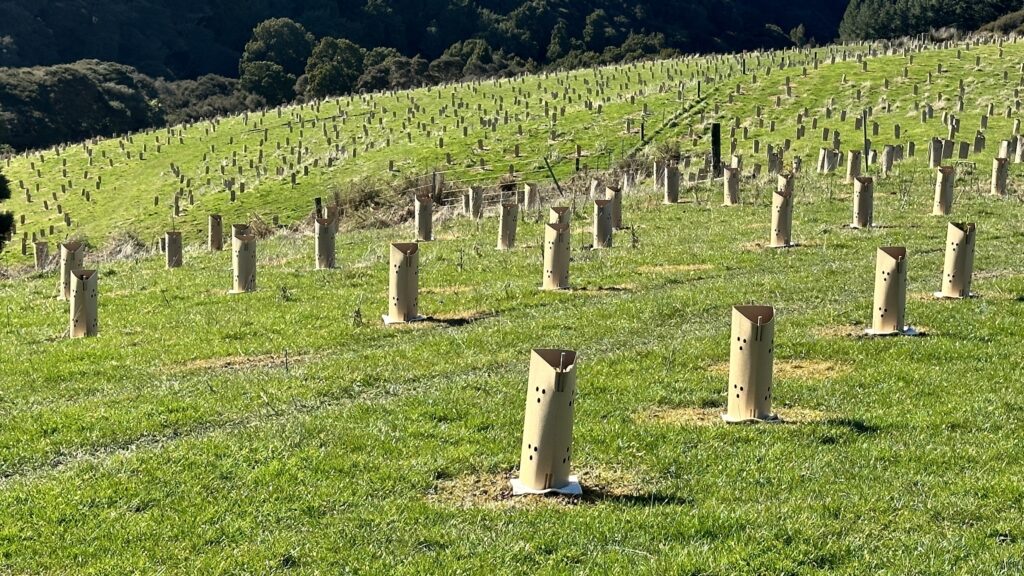
Area 2 was planted with 6,228 trees in June 2024. A slight variation in the species increased the variety count to 33 across Areas 1 and 2.
The final planting in Area 3 added another 3,490 trees, and brought the variety count up to 44 and the total trees planted to 17,041.
Long-lived trees have been planted, including Kahikatea (New Zealand’s tallest tree), Mountain Beech, and Totara.
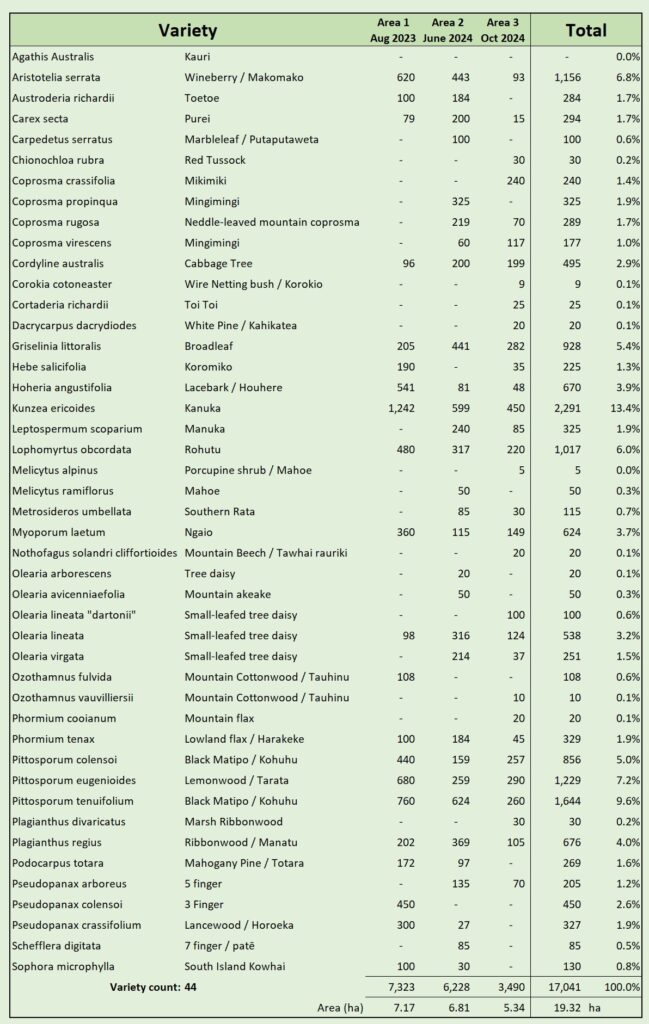
Area 1 (part 1) – Crew introduction
Area 1 (part 2) – Planting
Area 1 (part 3) – Post-planting review
Areas 2 & 3 – Nurse tree planting completion
Kauri Trees
Around 18,000 Kauri trees are being propagated by Ribbonwood Nurseries from 34,000 seeds collected in the autumn of 2023. With 930 Kauri trees per hectare, the best trees can be left when thinning in required in Years 25 and 80, leaving around 400 trees per hectare.
The young saplings should be large enough for planting by Habitat Restorations Aotearoa in 2026.
As the trees grow, thinning will be undertaken to ensure there is sufficient room to encourage strong, vertical development of these iconic giants of the New Zealand forest.
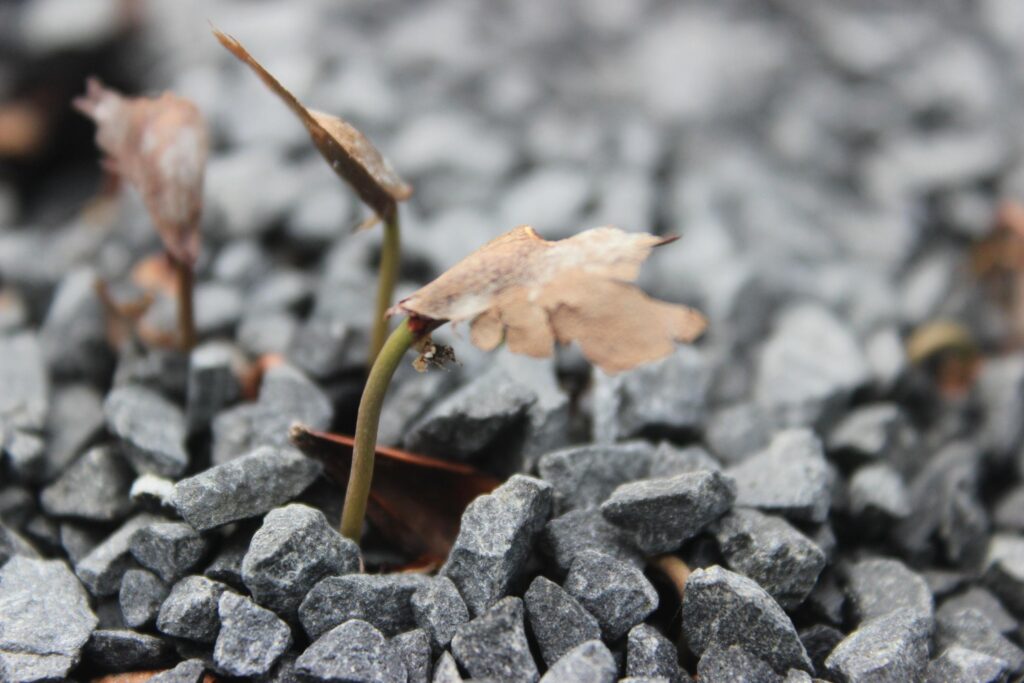
Walking Track
3.6 km of future walking track has been planned with marking stakes. The stakes also guide the planters, leaving space so that the track can be made without the need to remove any of the maturing trees.
Due to the steep slope of the gully sides on the eastern boundary, traversing the gully may best be done with a swing bridge.
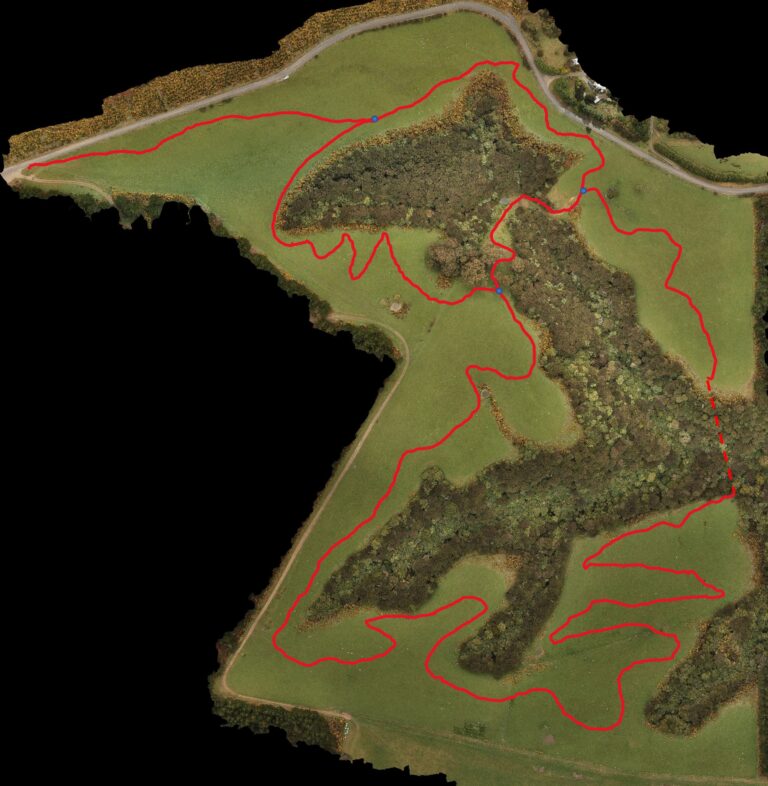
The land already includes 8 hectares of virgin indigenous forest. This flora and fauna sanctuary will remain substantially untouched.
Some Kauri trees will be planted in the existing forest where the canopy allows. The Kauri trees will complement the existing Totara, Rimu, Manuka, Paraparauma (Broadleaf) and Ohoeka (Lancewood) (amongst others) that are already growing.
For a list of plants identified in the existing forest, tap or click here.
Natural seeding from both parts of the forest over coming years will result in a balanced, diverse and mature ecosystem. Natural seeding will seamlessly blend the new and existing forest areas.
